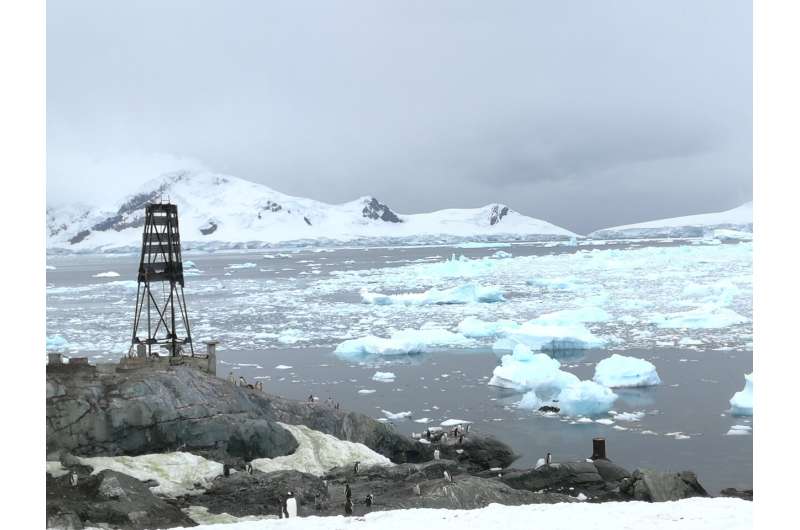This article has been reviewed according to Science X's editorial process and policies. Editors have highlighted the following attributes while ensuring the content's credibility:
fact-checked
trusted source
proofread
Examining how El Niño affects precipitation over the Antarctic Peninsula and West Antarctica

The precipitation in West Antarctica, especially around the Antarctic Peninsula, exhibits large variability on the interannual time scale. In recent years, scientific research activities, tourism and fisheries have been experiencing remarkable growth there. Thus, understanding the variability of precipitation in West Antarctica, including the Antarctic Peninsula, is of substantial importance both for scientific and practical aspects.
As the strongest signal of interannual climate variability, El Niño exerts significant impacts on climate in the Antarctic, especially in the West Antarctic.
However, a recent study indicated that the effect of ENSO (which stands for El Niño–Southern Oscillation and refers to the broader climate pattern comprising the phases of El Niño and La Niña) on precipitation in West Antarctica is not significant, which is inconsistent with its significant impact on the West Antarctic climate through modulation of the Amundsen Sea low pressure system via Rossby wave trains (atmospheric or oceanic waves that form as a result of Earth's rotation).
In a paper recently published in Atmospheric and Oceanic Science Letters, Prof. Shuanglin Li from the Institute of Atmospheric Physics, Chinese Academy of Sciences, Beijing, China, and Xueyang Chen and Dr. Chao Zhang from the China University of Geosciences, Wuhan, China, clear up the impacts of different types of El Niño events on precipitation over West Antarctica and the Antarctic Peninsula, and explain the uncertain connection between the two.
"Previous studies show that precipitation over West Antarctica, especially the Antarctic Peninsula, is less correlated with El Niño. One possible reason is that these studies did not classify El Niño into its two known sub-types: EP [Eastern Pacific] and CP [Central Pacific] El Niño," explains Prof. Li.
EP and CP events have similar impacts on precipitation over the Amundsen–Bellingshausen seas, but opposite impacts on that over the Weddell Sea, including the eastern Antarctic Peninsula, thereby canceling each other out in terms of the precipitation response they induce. This of course then accounts for the uncertainty in ENSO's influences on precipitation over the Antarctic Peninsula.
"EP events force two branches of Rossby wave trains that propagate southeastward and converge in West Antarctica, which causes an anomalous anticyclone and cyclone over the Ross–Amundsen–Bellingshausen seas and Weddell Sea, respectively. Consequently, anomalous southerly winds occur over the Bellingshausen–Weddell seas, acting to decrease the amount of precipitation there."
"In comparison, only one weak and westward-shifted Rossby wave train is stimulated under a CP event, which induces an anomalous anticyclone and cyclone in the Ross–Amundsen seas and Bellingshausen–Weddell seas. Anomalous southerly winds reduce the precipitation over the Amundsen–Bellingshausen seas, while anomalous northerly winds increase the precipitation over the Weddell Sea," adds Xueyang Chen.
More information: Xueyang Chen et al, Distinct impacts of two kinds of El Niño on precipitation over the Antarctic Peninsula and West Antarctica in austral spring, Atmospheric and Oceanic Science Letters (2023). DOI: 10.1016/j.aosl.2023.100387
Provided by Chinese Academy of Sciences




















